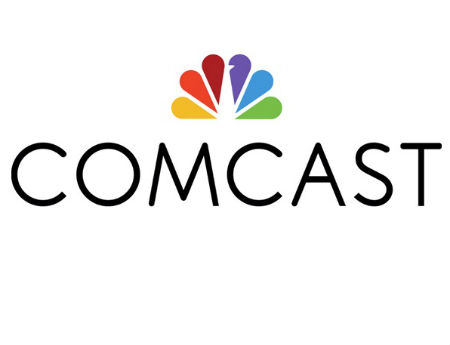Comcast Tests WiFi Access With Asian Carriers

Comcast confirmed a report that it is conducting trials in which the MSO is providing access to its WiFi access points to customers of multiple Asian wireless carriers.
In tests that indicate a possible new way that cable operators could look to monetize their growing WiFi network footprints, Comcast is running those tests with at least two mobile carriers – Japan’s KDDI and Taiwan Mobile – Reuters reported Sunday.
The report also cited a Taiwan Mobile promotion on the Web through the end of June that allows its customers to tap into Comcast’s WiFi access points for about 7 cents per minute. After that, the rate will rise to 13 cents per minute, the report added.
A Comcast spokesman said the “small trial” is less than a year old, noting that it aims to help those mobile customers save money on international wireless data plans using the MSO’s WiFi hotspots whilst they’re travelling to the U.S.
International companies have been approaching Comcast about this idea and the MSO is exploring this use case and its appeal, the spokesman added.
The trials come to light as Comcast and other cable operators continue to expand their WiFi footprints and noodle new ways to leverage those networks.
Last month, Comcast announced that its WiFi network is poised to span 8 million hotspots by the end of 2014 through a mix of deployments in outdoor and business locations, as well as by broadcasting secondary “XfinityWiFi” SSIDs in DOCSIS cable modem gateways installed in the homes of the MSO’s high-speed Internet subscribers. MSO members of the “Cable WiFi” alliance (Comcast, Time Warner Cable, Cablevision Systems, Cox Communications and Bright House Networks) have collectively deployed more than 250,000 hotspots that are accessible by their respective high-speed Internet subs.
Multichannel Newsletter
The smarter way to stay on top of the multichannel video marketplace. Sign up below.
Although there are indications that these MSOs might use their growing wireless broadband networks to support a “WiFi First” approach that uses cellular mobile networks as a fallback, they are using it today primarily as a value add for cable-modem subscribers who need broadband connectivity on the go.
